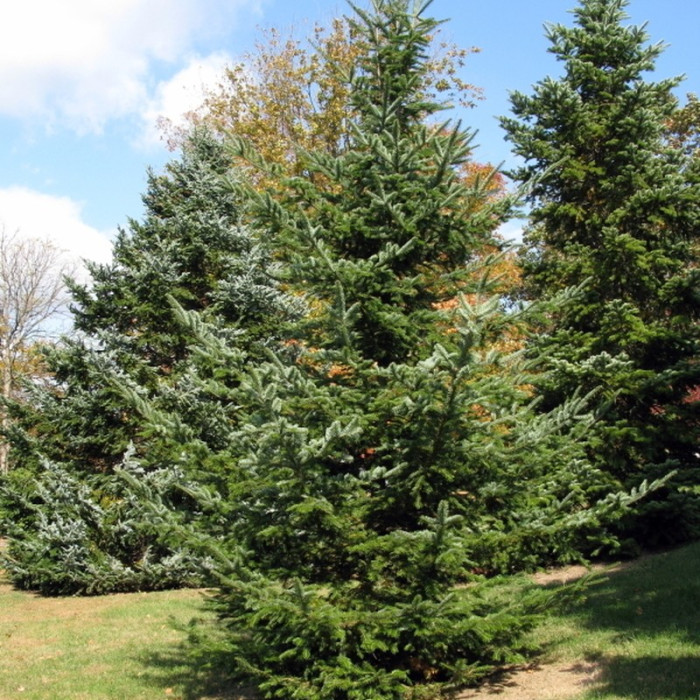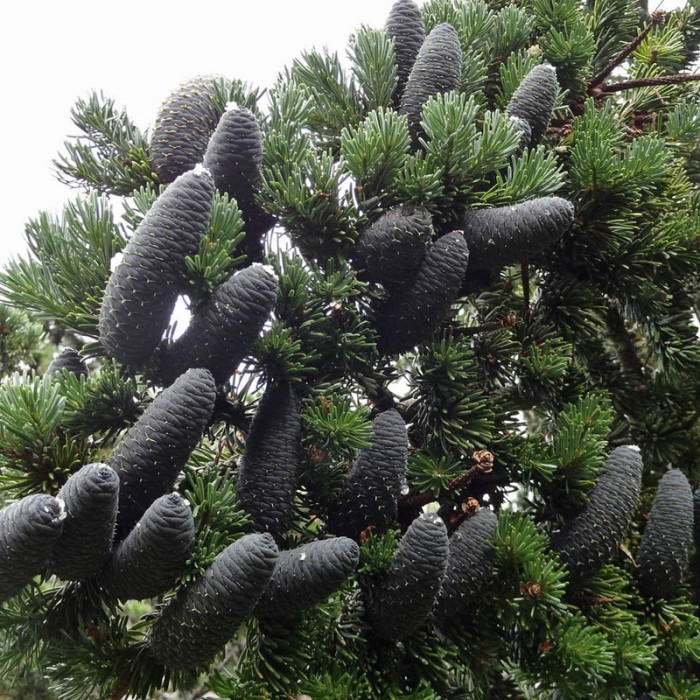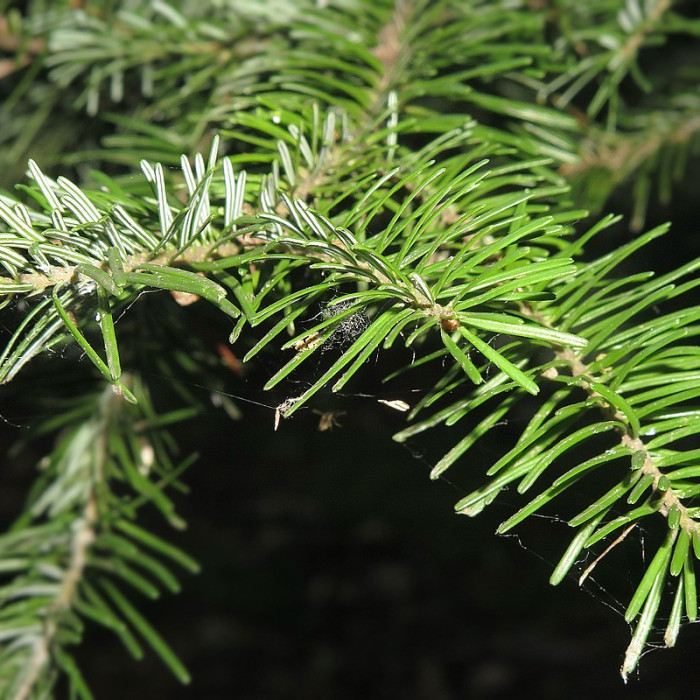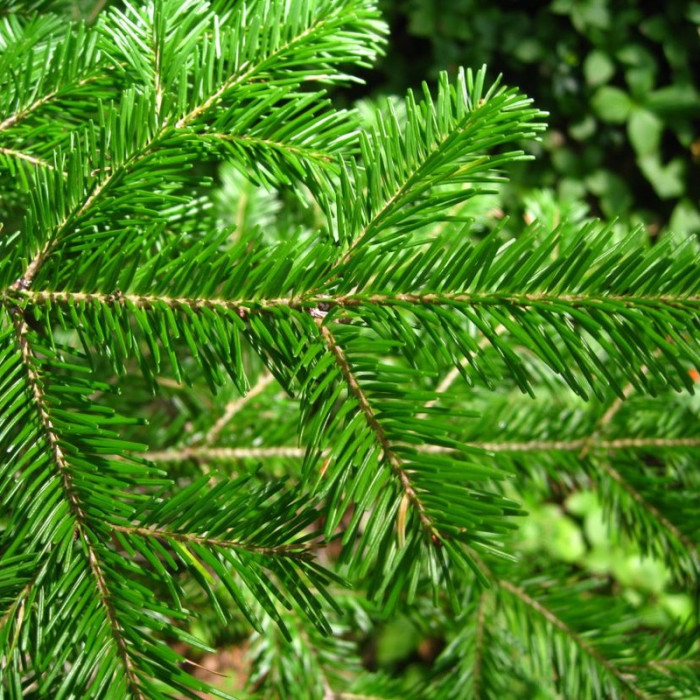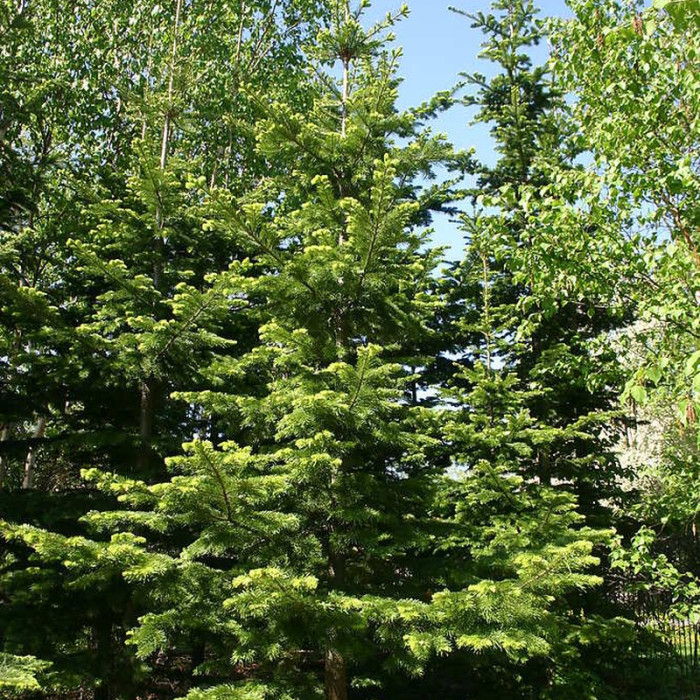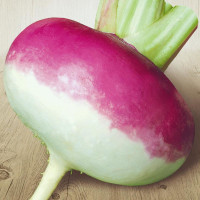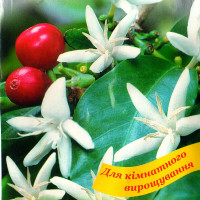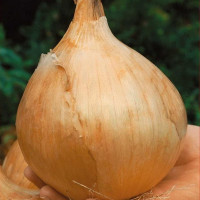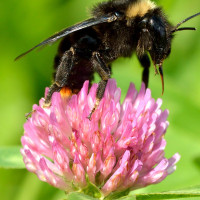Sakhalin fir / Abies sachalinensis
Tree up to 40 m tall and trunk up to 70 cm in diameter, with a dense conical sharp crown. The bark is smooth, gray, longitudinally fissured on old trunks, with numerous resinous nodules. Young shoots are light brown or reddish brown, sparsely pubescent along the grooves with long light hairs, older shoots are dark brown with noticeable yellowish or orange leaf marks.
The buds are small, oval-ovoid, greenish-violet, densely resinous. The needles are dense, located radially. Cones are cylindrical, 6-8 cm long, 2.5-3 mm thick, olive-green at first, bluish-black or dark brown when ripe. Seeds obversely wedge-shaped with a fan-shaped or trapezoidal wing. It dusts in late May-June. Seeds ripen in September-October.
Differs in fast growth, is exacting to humidity of air and the soil. Frost-resistant, disease resistant. Propagated by seeds. A valuable breed for landscaping, which can be planted both singly and in groups, alleys, arrays.
Planting Recommendations: For fir, it is recommended to choose well-ventilated sunny areas. An elevated position is best. The hole is prepared in advance. Before planting, sand, peat are added to the soil, lime can be added in small quantities (to adjust acidity). The depth of the planting pit is 0.5 meters, the diameter depends on the level of development of the root system.
Care: Sanitary pruning of branches is carried out every spring. Fir is in dire need of high humidity, so young seedlings are often sprayed. Fertilizers are applied every season, the tree is watered as the soil dries.
Fir trees decorate large areas, many designers use group plantings to create fir alleys.

No questions about this product, be the first and ask your question.


